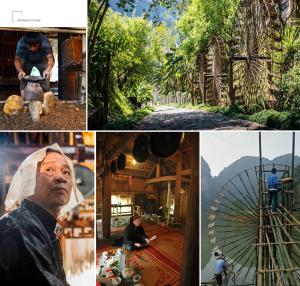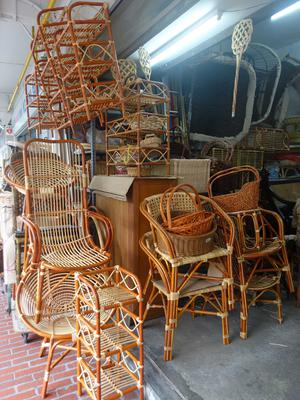Korean Seodang has been a self-created educational space since the Three Kingdoms era and has been linked to Korean history and tradition. As such, there are Korean history, culture, and traditions in the Seodang and Seodang culture. However, as the present day, the Seodang and its culture are disappearing. The purpose of this study is to understand the status of Seodang culture and to enhance intangible cultural asset values of Seodang culture. In order to investigate the current situation of Seodang cultural tradition as a research method, various examples were collected and compared in regards with the environment, career and operation of each Seodang. I interviewed the Hoonjang(masters or teachers), adult students and schoolchild students in the field survey. The Seodang had many difficulties in operation. We could classify the operations of Seodang under the village seo-dang, the boarding seodang, the academic seodang, and the camp-style seodang. In Gochang, they operate a traditional Seodang that has 21 students from 7 to 17 years old. The children of the Seodang are educated in this Seodang without receiving public school education. On the other hand, other traditional Seodangs keeps the name of Seodang only after school as it teaches Hanja study(Chinese characters) and Korean traditional etiquette after regular public schooling. Since 10 years ago, the number of schoolchildren has been dropping, so most of them are closed. The boarding school is also run by short-term boarding students. The age of the average Hoonjang are in their 50s and 60s. The oldest is 90 years old, and there are relatively young Hoonjangs in their forties. The majority of the Hoonjangs are not old enough to be retired, so it is likely that the current Hoonjangs will contribute to its position of teacher or master in the modern Seodang society in the next 10-20 years. To understand the modern significance and the value of the Seodang, it is imperative to divide the viewpoints of the people related to the inner workings of Seodang (Hoonjangs, family and friends of the Hoonjang, students and their parents) and the viewpoints of outsiders (researchers, advisors and other academic researchers). Positive aspects from the viewpoint of the inner working people of Seodang include the cultivation of personality, manners, classical knowledge, concentration, insight improvement, and leadership. The downside to Seodangs can be the lack of various learning methods and overall disconnection of public education due to Seodang education being in rather isolation. From the viewpoint of outsiders, it is necessary to examine the effects of these Seodang teaching methods to the modern education beyond the cultivation of Chinese writing and classical knowledge, personality education as well as proper Korean etiquette. In terms of Seodang being part of the Korean culture, the inherit value as an intangible cultural property is sufficient. The Seodang is in danger of extinction because its traditional structure of transmitting is greatly weakened. It is natural that we should protect it before the present private elementary school of the traditional era devour all the content, leaving philosophy of the old in the past. In addition, the value of intangible cultural properties should be recognized in that the virtues of traditional culture as well as being preserved. *Seodang: traditional private school in Korea **Hoonjang: a teacher at Seodang
03-18-2019
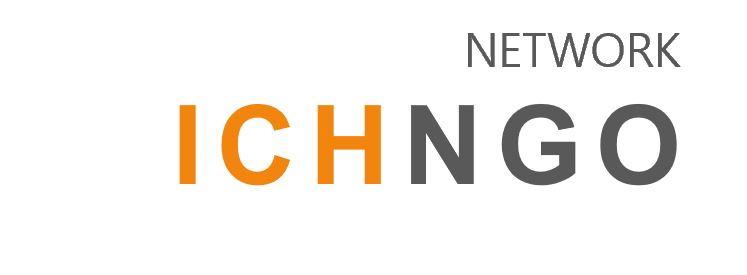
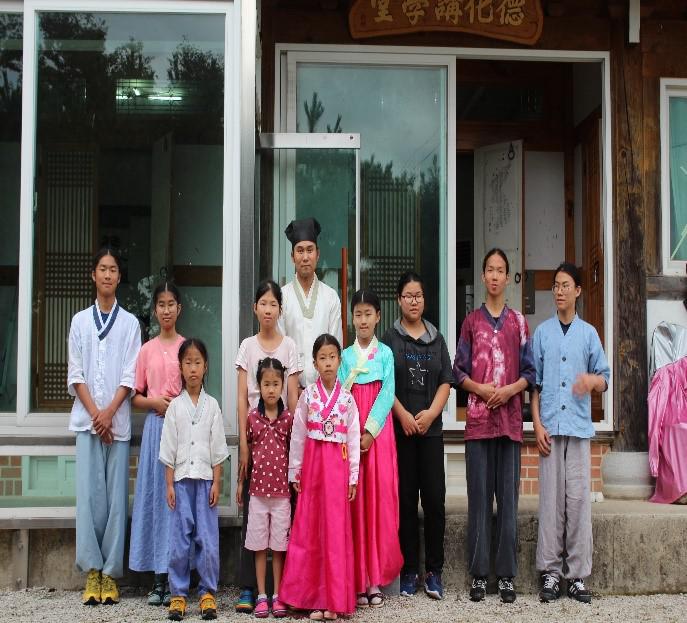
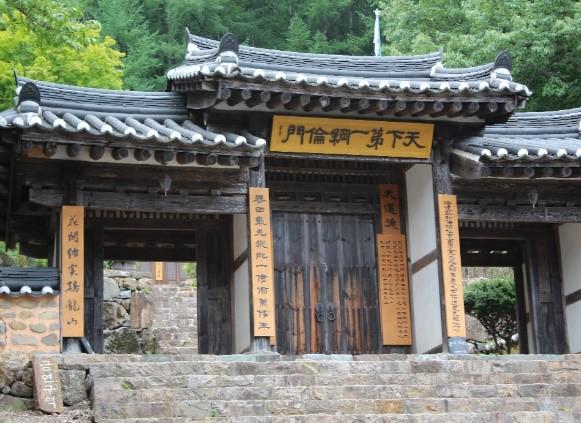


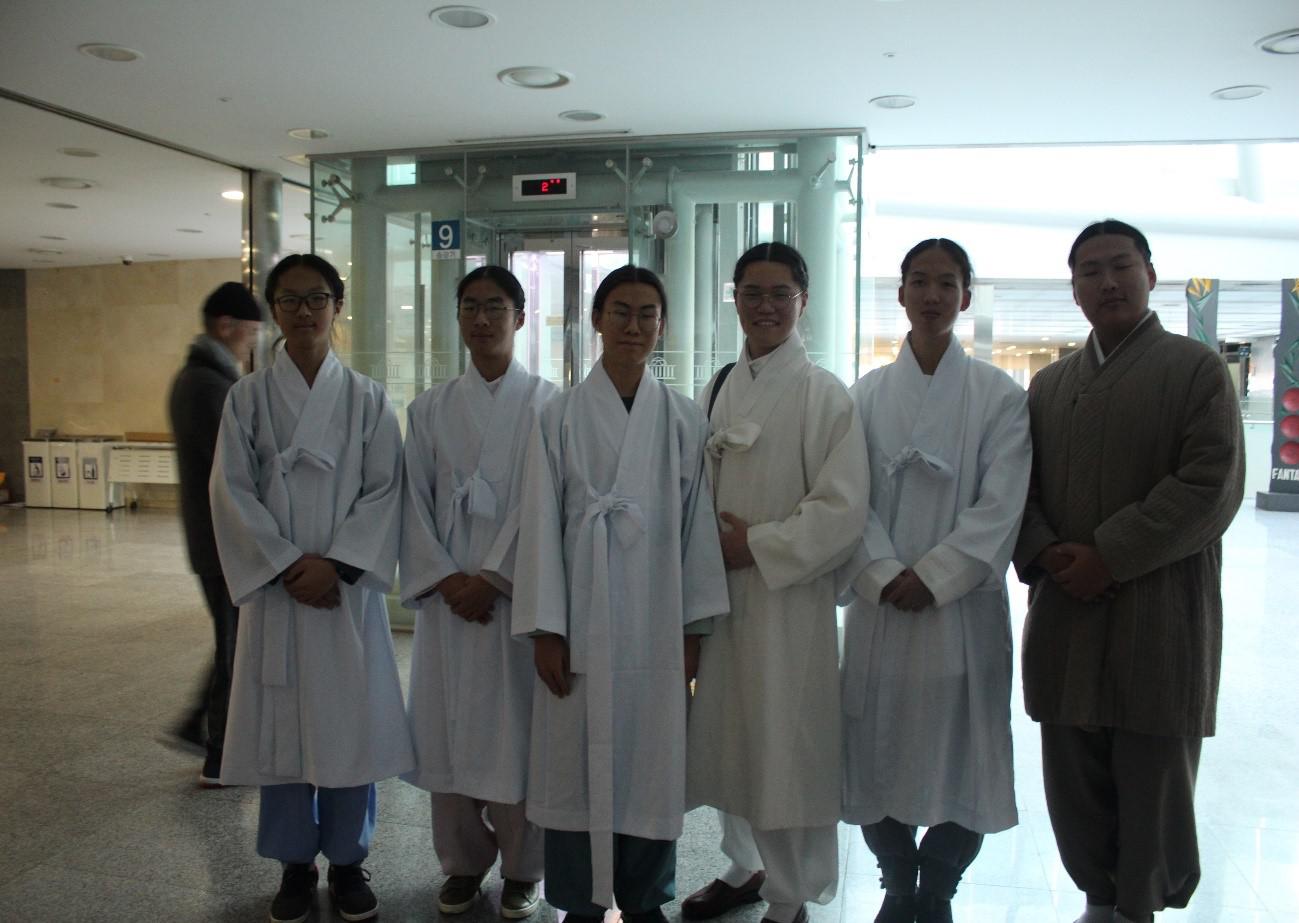
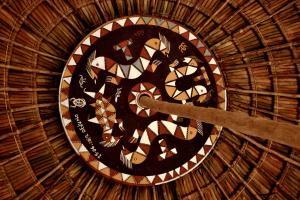

.jpeg)
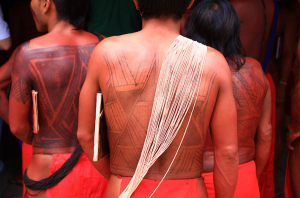
.jpg)
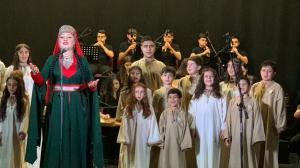
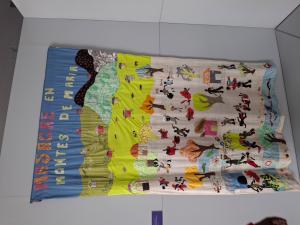

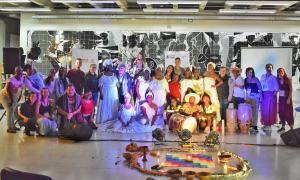
.png)
.jpg)















_(31711258567).jpg)

















